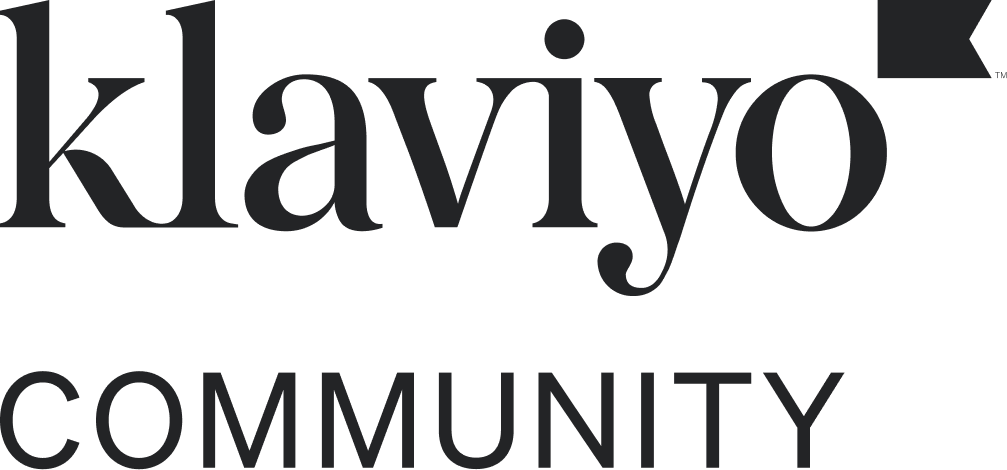Imagine writing a letter to someone you’ve never met—you’d probably struggle to make it personal. The same challenge applies to marketing without a clear sense of who your audience is. That’s where customer personas come in. These fictional profiles, built on real data, provide a window into the preferences, behaviors, and motivations of your audience. By sketching out your ideal customers—complete with their quirks, habits, and aspirations—you unlock the power to craft messages that truly resonate. Whether it’s leveraging behavioral data, demographics, or even asking your audience directly, customer personas help you go beyond generic communication to create personalized experiences that engage and convert. Ready to start? Let’s break it down.
What is a buyers persona:
A customer persona is a profile that represents a segment of your audience based on shared characteristics, preferences, and behaviors.
Think of it as a sketch of your ideal customer persona—a fictionalized version that captures the motivations, needs, and quirks of real people on your list.
Personas help make personalization possible. When you can picture your audience clearly, crafting messages that speak to them becomes much easier.
Usually when you’re building out your personas, you look at demographics, gender, income, interest, education, and, yes, what kind of newspaper the person would read.
To some extent, the data you need to build out your personas could already available to you in Klaviyo. That might mean behavioral data from your website and marketing messages, location and other zero- and first-party data, and predictive analytics for demographic information like gender.
And if the newspaper part is important, you can always ask your subscribers about it 😊
Why it matters:
Simply put, personalization drives engagement. People are more likely to open and respond to emails or texts that feel like they were written just for them. Customer personas make this kind of personalization possible by letting you segment your audience meaningfully.
Instead of sending the same messages to everyone, you can deliver content that resonates with the specific needs of different customer types—from first-time shoppers to your loyal, high-spending subscribers.
How to do it
1. Start with your data
Look at your customer data—purchase history, browsing behavior, demographics, and even email and SMS engagement metrics. This data is a goldmine for identifying patterns that can form the basis of your personas.
2. Map out motivations
What drives your customers to engage or buy? Use models like AIDA (attention, interest, desire, action) to map out customer motivations at each stage of their journey. Another helpful model is the Jobs-to-be-Done framework, which focuses on understanding what job a customer “hires” your product to do. My fellow Champion @Omar Lovert recently wrote an article on this topic, which I highly recommend!
These approaches allow you to align each persona with specific needs and pain points—so you can slide in and fix them with your amazing products.
3. Add qualitative insights
Have you asked your list for feedback? You might be surprised by how much people actually want to help—and all their insights are extremely valuable for you in building out personas.
You can use surveys, feedback forms, and customer interviews to add depth to your personas. Ask open-ended questions to find out what customers love about your brand, what they’re looking for, or what keeps them from buying.
This step is about capturing the human side of your personas—the little details that make them unique. If you plan on activating your current audience in this project, I recommend using the Typeform x Klaviyo integration to link their responses to their profiles and maybe reward them with a little something for their participation.
4. Build and refine your personas
Once you have the data and insights, create personas that summarize each persona’s key attributes. Give each persona a name and a backstory to make them more relatable. Over time, revisit and adjust as your audience evolves or new trends emerge.
Share your tips, ask questions, and collaborate with fellow marketers to craft customer personas that drive real results. Dive in now and start creating more meaningful connections with your audience in the thread below!









